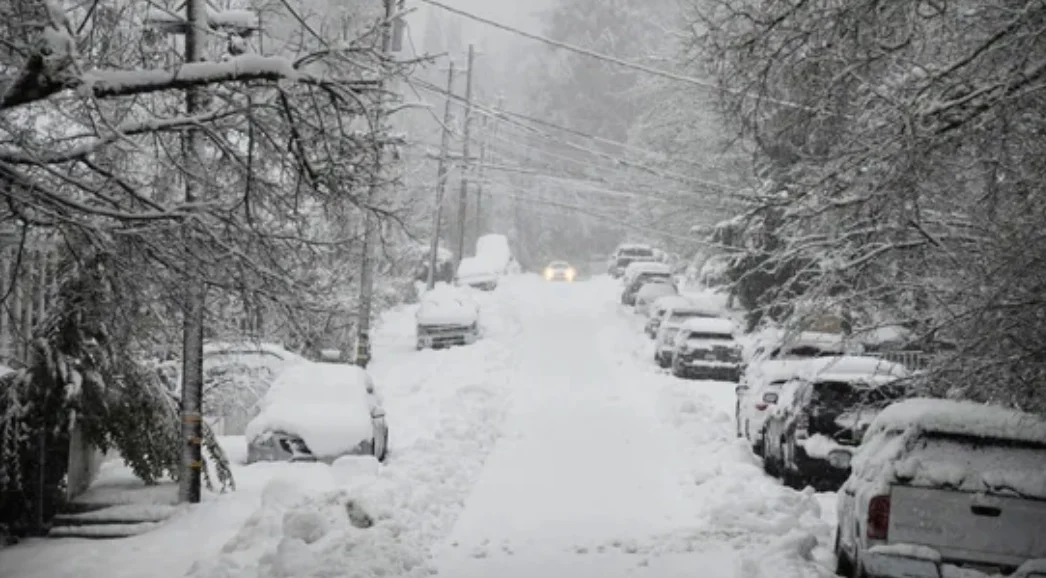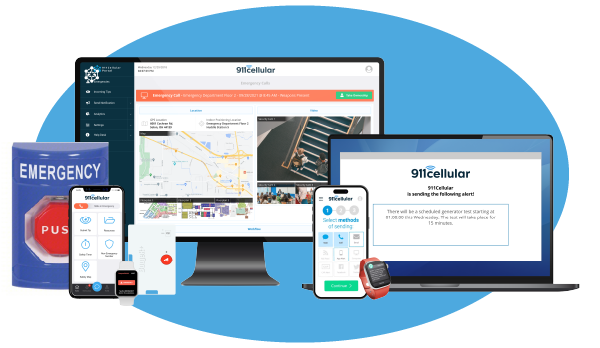Winter Safety Tips: Stay Warm and Safe
Discover essential winter safety tips to stay warm and safe in extremely cold weather.
Understanding the risks of extreme cold
Extreme cold weather can pose serious risks to your health and safety. Exposure to cold temperatures for extended periods can lead to frostbite and hypothermia. Frostbite occurs when the skin and underlying tissues freeze, resulting in numbness, discoloration, and tissue damage. Hypothermia, on the other hand, happens when your body loses heat faster than it can produce, causing a dangerously low body temperature. It is important to be aware of the signs and symptoms of these conditions and take necessary precautions to avoid them.
When the temperature drops, it is crucial to limit your time outdoors and seek shelter whenever possible. Layering your clothing can help trap body heat and provide insulation. Wearing a hat, gloves, and warm socks is essential to protect your extremities from the cold. Additionally, it is important to stay hydrated and avoid alcohol and caffeine, as they can increase heat loss and impair judgment. By understanding the risks of extreme cold, you can better protect yourself and stay safe during winter.
Dressing appropriately for the weather
Choosing the right clothing is key to staying warm and comfortable in cold weather. Start with a base layer made of moisture-wicking material to keep sweat away from your body. Add a middle layer of insulating material, such as fleece or wool, to provide extra warmth. Finally, wear a waterproof and windproof outer layer to protect yourself from the elements.
Don’t forget to cover your extremities! Wear a hat to prevent heat loss from your head, and don’t forget to protect your ears and neck. Gloves or mittens are essential to keep your hands warm, and thermal socks can help keep your feet cozy. It’s also important to wear appropriate footwear with good traction to prevent slips and falls on icy surfaces.
Remember to dress in layers so you can adjust your clothing as needed. If you start to feel too warm, you can remove a layer to prevent sweating, which can lead to chilling. By dressing appropriately for the weather, you can stay comfortable and reduce the risk of cold-related injuries.
Ensuring proper home heating
When the temperature drops, it’s important to ensure that your home is properly heated to keep you and your family safe and comfortable. Before the cold weather arrives, make sure your heating system is in good working condition. Clean or replace filters, check for any leaks or damage, and schedule regular maintenance if needed.
If you use a fireplace or wood-burning stove, have them inspected and cleaned before use. Make sure that the chimney or flue is clear of any debris or obstructions to prevent carbon monoxide poisoning. Install carbon monoxide detectors on every level of your home and test them regularly.
To conserve heat and energy, seal any drafts or gaps around windows and doors. Use weatherstripping or caulking to close gaps and prevent cold air from entering your home. Insulate your attic and walls to minimize heat loss. Consider using a programmable thermostat to regulate the temperature and save on energy costs.
It’s also important to have a backup plan in case of a power outage. Keep emergency supplies, such as blankets, flashlights, and non-perishable food, readily available. Stay informed about local weather conditions and have a communication plan in place.
By ensuring proper home heating, you can create a warm and safe environment for yourself and your loved ones during the cold winter months.
Preventing slips and falls on icy surfaces
Icy surfaces can be treacherous and increase the risk of slips and falls. To prevent accidents, it’s important to take precautions and be mindful of your surroundings.
First and foremost, wear appropriate footwear with good traction. Look for shoes or boots with non-slip soles that can grip icy surfaces. If necessary, use traction aids such as ice cleats or grippers to improve stability.
When walking on icy surfaces, take small steps and walk slowly. Keep your center of gravity over your feet and avoid sudden movements that could cause you to lose your balance. Use handrails whenever possible to provide extra support.
Be cautious of black ice, which can be difficult to see. It often forms on shaded areas, bridges, and ramps. If you encounter black ice, walk slowly and deliberately, and try to walk on areas that have been treated with sand or salt.
Lastly, be aware of potential hazards around your property, such as icy stairs, driveways, and sidewalks. Clear snow and ice promptly and use de-icing products to prevent them from becoming slippery.
By following these tips, you can reduce the risk of slips and falls on icy surfaces and stay safe during the winter season.
Being prepared for emergencies
Winter storms and extreme cold can sometimes lead to emergencies, so it’s important to be prepared.
Create an emergency kit that includes essential supplies such as food, water, medications, and first aid items. Include extra blankets, warm clothing, and a battery-powered or hand-crank radio in case of power outages.
Stay informed about weather conditions by monitoring local news and weather forecasts. Have a reliable source of communication, such as a charged cell phone or a battery-powered radio, to receive updates and emergency notifications.
Make sure your vehicle is winter-ready by checking the tires, brakes, battery, and fluid levels. Keep an emergency kit in your car that includes a shovel, ice scraper, jumper cables, and blankets.
Have a plan for staying warm and seeking shelter in case of an extended power outage or heating system failure. Identify a safe location, such as a community shelter or a friend’s house, where you can go if needed.
By being prepared for emergencies, you can minimize the impact of winter storms and ensure the safety of yourself and your family.
Tags: 911 cellular







